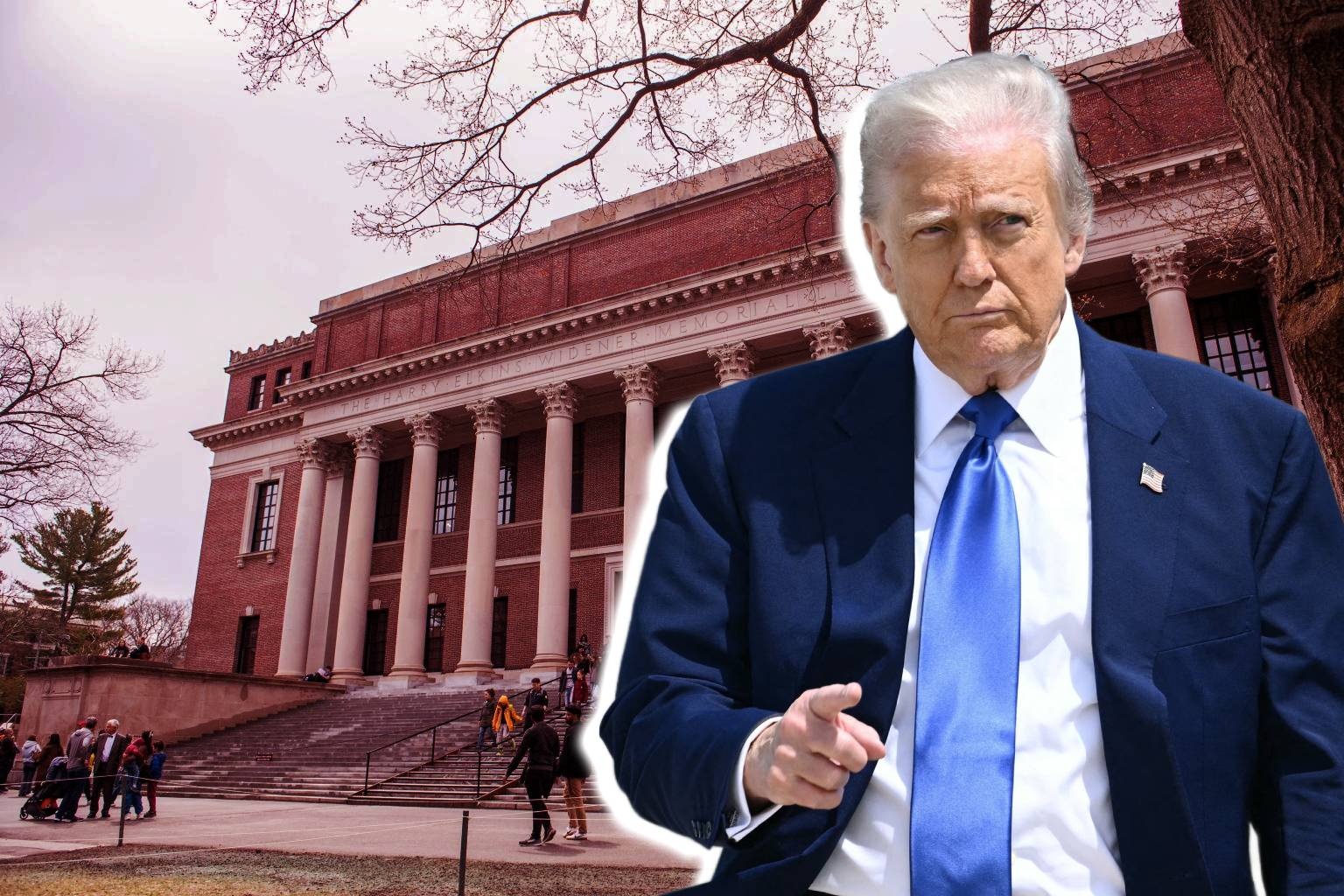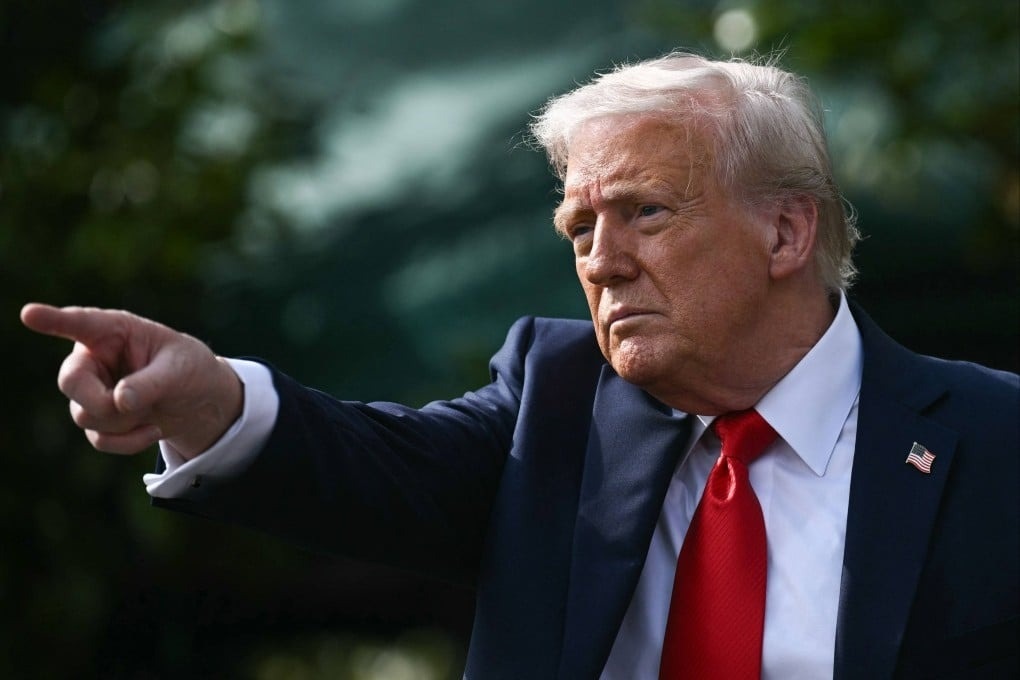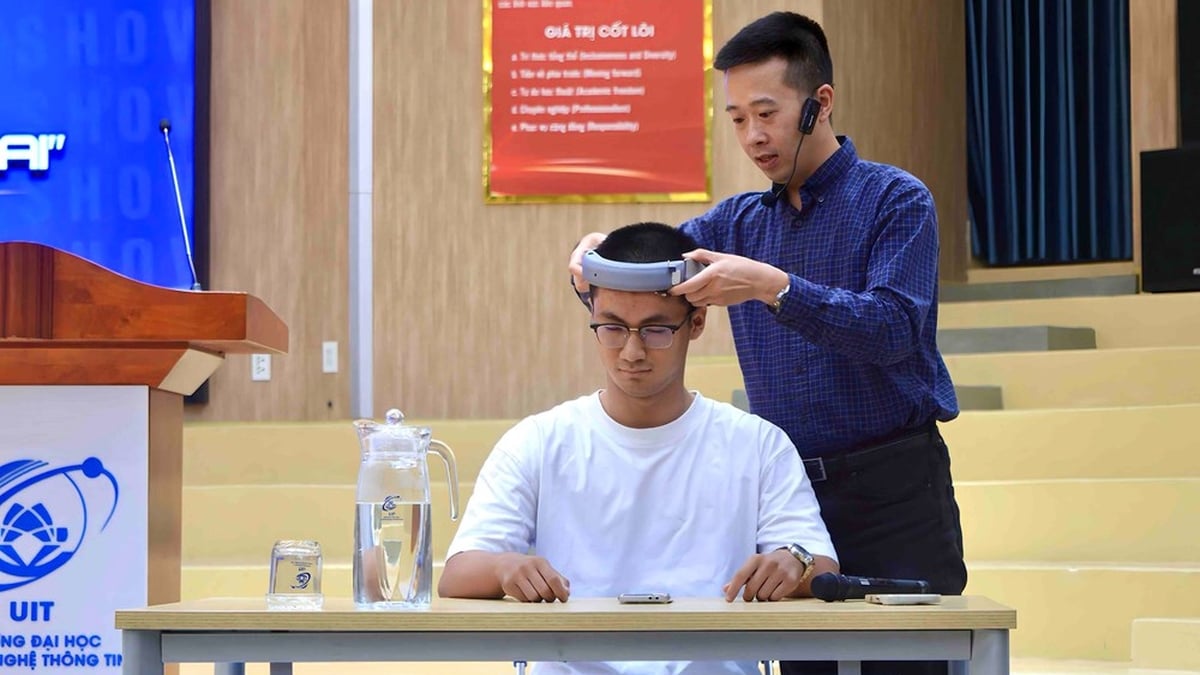Mr. Robert Franek - Editor-in-Chief of the highereducation news magazine The Princeton Review (USA) - said that international students bring cultural diversity and experiences to the United States.
International students are also a significant source of revenue for universities in the US, as the majority of them are full-tuition paying students. Therefore, maintaining the number of international students coming to study in the US is of utmost importance to the "financial health" of many universities in the land of the stars and stripes.
However, the fluctuations in student visa policies and what is happening to prestigious universities in the US have raised concerns.
"Some international students who have been accepted to prestigious schools are still wondering whether to come to the US to enroll this fall," said Mr. Franek.
International students reconsider plans to come to the US after turmoil
Mr. Hafeez Lakhani - a study abroad consultant in New York (USA) - said he is witnessing a trend where many international parents and students are starting to consider going to other countries to study abroad.
"Volatility is never good for long-term planning. Many students and parents have turned to Canada or the U.K., which are also English-speaking Western countries with quality higher education. What's happening in the U.S. is giving some other countries an advantage, both in terms of talent and tuition revenue," Lakhani told CNBC .

International students make up a large proportion of the foreign resident community in the US, bringing benefits but also creating challenges (Illustration photo: CNBC).
According to the latest data from the US Department of State and the Institute of International Education (IIE), the US currently has more than 1.1 million international students, accounting for nearly 6% of the total number of students in the country's higher education system.
In the 2023-2024 academic year, the US recorded a record high increase in international students, up 7% compared to the previous academic year. Notably, India surpassed China to become the country with the largest number of international students in the US with more than 330,000 people.
According to a report by the Association of International Educators (NAFSA), international students contributed more than $43.8 billion to the US economy in the 2023-2024 academic year alone.
Education expert Christopher Rim - CEO of the higher education consulting firm Command Education (USA) - commented that international students are a "double problem" for the US government, they both bring benefits and create some challenges in management.
"International students make up a large proportion of the foreign resident community in the US. They are often a vocal and opinionated group. Sometimes, the values they promote are not consistent with those promoted by the US. However, they are still a group that brings high economic benefits to the US," Mr. Rim commented.
Mr. Rim believes that even in the current volatile situation, the US still retains a certain attraction for families with means and who want to send their children to study abroad.
"I was recently in Hong Kong (China) and talked to hundreds of parents and students interested in the top elite universities in the US. Despite the changes and fluctuations taking place in the US as well as around the world, wealthy families still want to send their children to study in the US. They understand that the US is still home to many of the world's top universities," Mr. Rim added.
US President Donald Trump wants to give a "gold card" to a group of super-rich international students
The $5 million "gold card" program to become a US citizen launched by the Trump administration is aimed at the world's super-rich citizens, including international students born into wealthy families.
Amidst the many changes happening to international students in the US, the door to American universities remains open to the international super-rich.

US President Donald Trump's youngest son - Barron Trump - is studying at New York University (Photo: Fox News).
The “Gold Card” is a program being implemented by the administration of US President Donald Trump. This program facilitates settlement in the US for foreign citizens, on the condition that these people spend 5 million USD to buy a “gold card”. This is a program that is attracting the attention of many international students from wealthy families.
The US’s strict visa policy has long been a major barrier for international students. However, the “gold card” program could open up another path for super-rich international students, allowing them to study and work in the US with peace of mind.
"In just a short time after the 'yellow card' program was mentioned by the US media since the beginning of the year, we have received many consulting requests from students in China, South Korea and India," Mr. Rim shared.
Although the group of super-rich international students is only a very small group in the overall picture, according to Mr. Franek, the "gold card" program will still bring great value, especially financially for the authorities and universities in the US.
Top US universities have long been keen on attracting international students, many of whom do not require financial aid and are willing to pay full tuition.
"More than 95% of universities in the US operate on tuition revenue. Therefore, a 'golden card' visa program like this clearly brings practical benefits to both the authorities and the universities," Mr. Franek commented.
However, the "gold card" program has also encountered mixed opinions, in the context of access to higher education becoming a topic of concern in the US, especially when the cost of studying is increasing.

"Yellow Card" is a program being implemented by the administration of US President Donald Trump (Photo: CNBC).
James Lewis, co-founder of the National Society of High School Students (NSHSS), said: "Proper families around the world will take advantage of this program, but I'm not sure its long-term impact on American higher education will be positive. The association hopes that everyone will have access to quality higher education."
The cost of college in the United States is beyond the financial means of many families. Most American students have to take out loans from the government to be able to attend college.
According to the College Board, an organization that supports access to higher education in the US, tuition and living expenses for studying at a private university in the US will average $58,600 in the 2024-2025 school year. The previous school year, the fee was about $56,390.
For students choosing to study at a public university located in their home state, that figure is now around $24,920, up $840 from the previous school year.
A study by the US National Bureau of Economic Research (NBER) published in 2023 showed that children from high-income families in the US are twice as likely to be admitted to prestigious universities as young people with the same SAT or ACT scores, but from middle-income or low-income families.
This reality shows the challenges that exist in the university admissions system in the US, when the opportunity to study at the university level is still not really open to all young Americans who meet the criteria of academic ability.
Opening the door to international students with “gold cards” from super-rich families may make the gap between rich and poor in American higher education even more obvious.
According to CNBC
Source: https://dantri.com.vn/giao-duc/my-quan-chat-sinh-vien-quoc-te-nhung-rong-cua-don-sinh-vien-sieu-giau-20250527105403900.htm



































































































Comment (0)